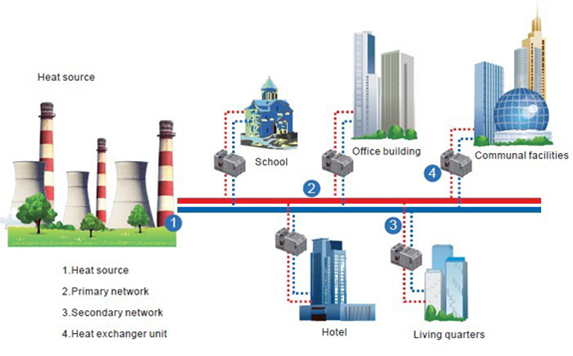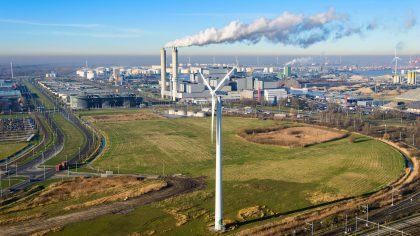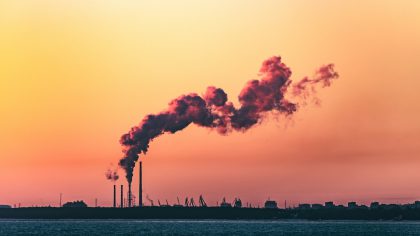In terms of number of end users with district heating in the Netherlands, the number of households with district heating is much larger than the number of other end users (ECN, 2017; ECN, 2015). District heating consist of main heat source(s), back-up boiler(s), a primary heat transport pipeline, substations and a distribution network including connections to the buildings. Inside a building a heat delivery kit (with heat exchanger) is installed in order to transfer hot water to the central heating system inside the building. This factsheet considers all components of the heat network. It does not include heat losses of the main heat source(s) and heat losses of the heating systems inside the buildings. Costs in the costs section are excluding costs of the main heat source.
Main heat sources that can be used for large scale high temperature heat networks are:
-
CHP plant (fired with gas, coal, municipal solid waste or biomass)
-
Heat plants (heat only boilers) fired with biomass, natural gas or other fuels
-
Industrial waste heat sources
-
Other renewable sources (e.g. geothermal)
A small scale network consists of a heat source (currently mostly natural gas fired CHP) and a distribution network including connections to the end users, which can also consist of non-residential buildings.
Heat from the heat source typically has a temperature of 100-130 ᵒC (steam or water under pressure). Heat delivered to consumers has a temperature of 90 ᵒC and the return flow to heat source has a temperature of 70 ᵒC (ECN, 2015).
All information in the datasheets is also available in ESDL (Energy System Description Language). You can find them in the Energy Data Repository (EDR).



